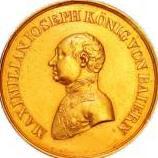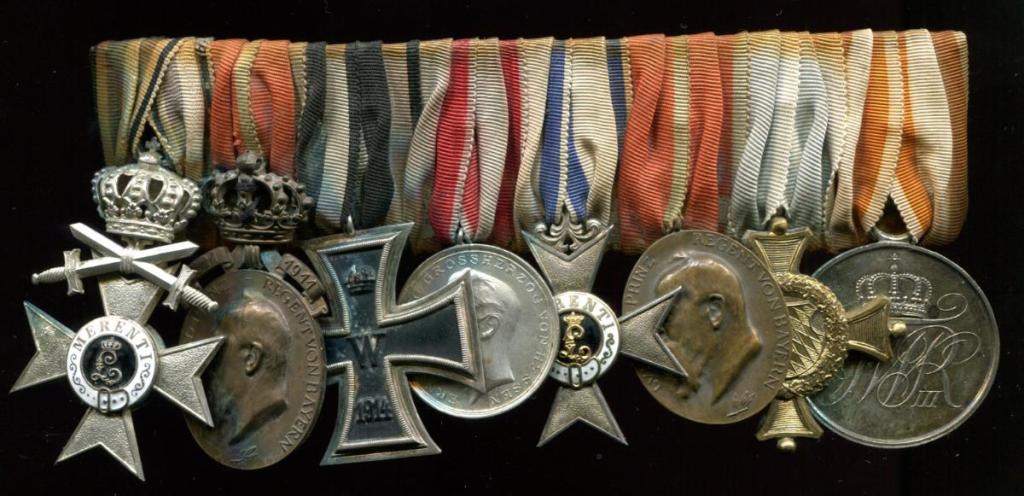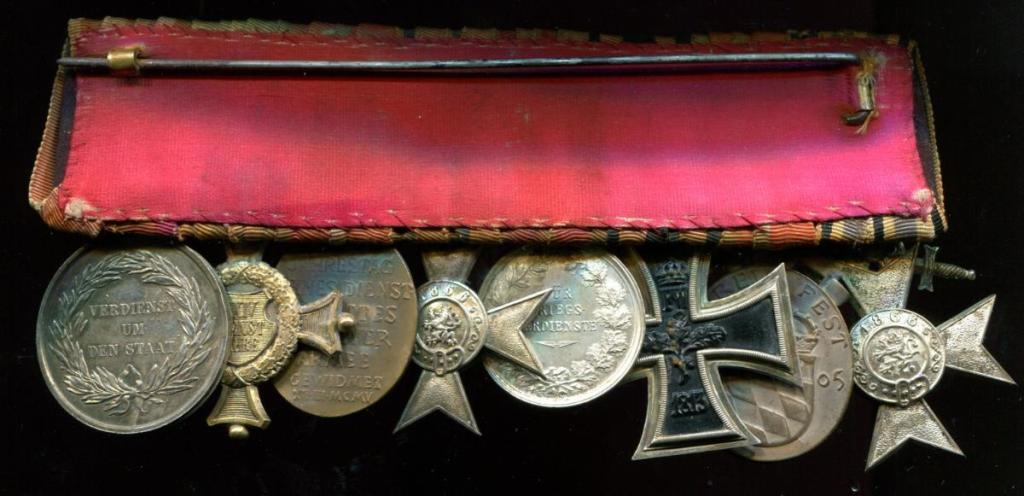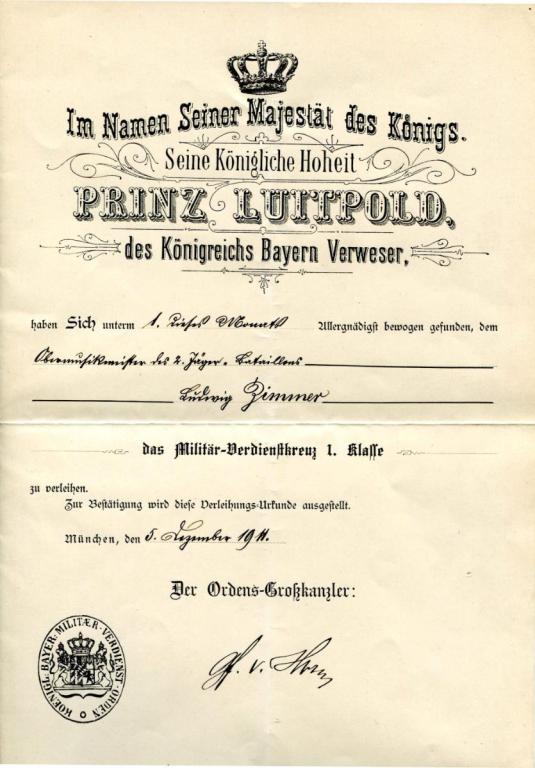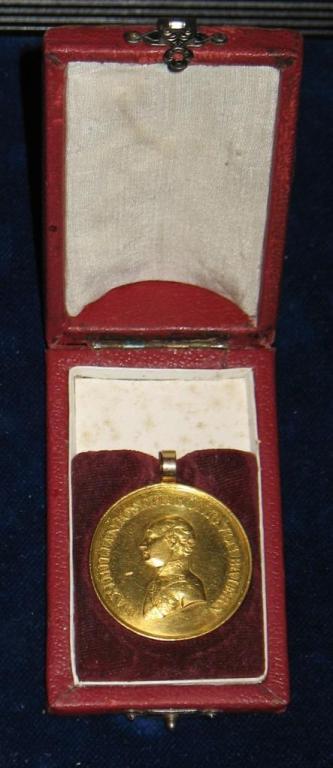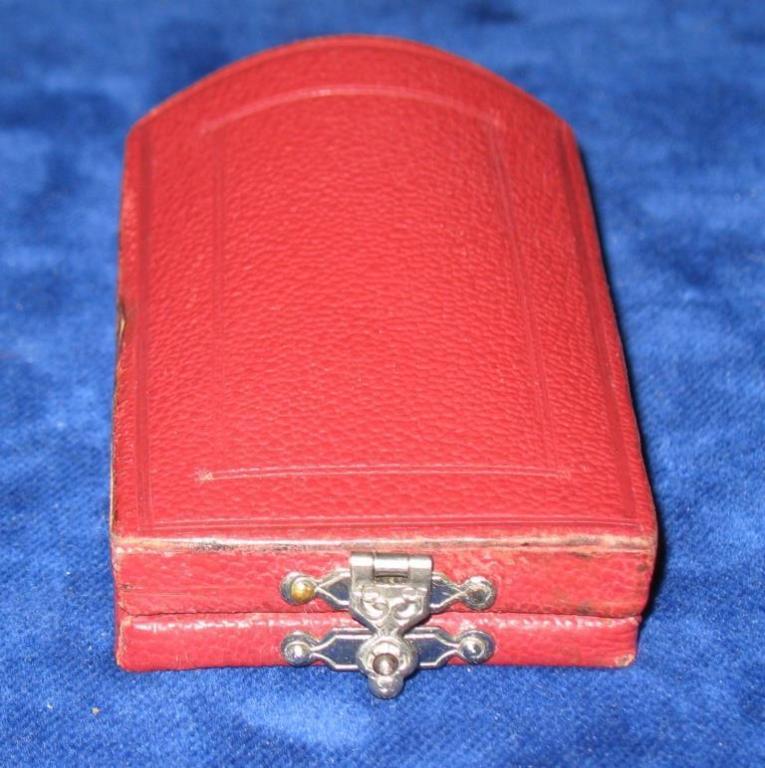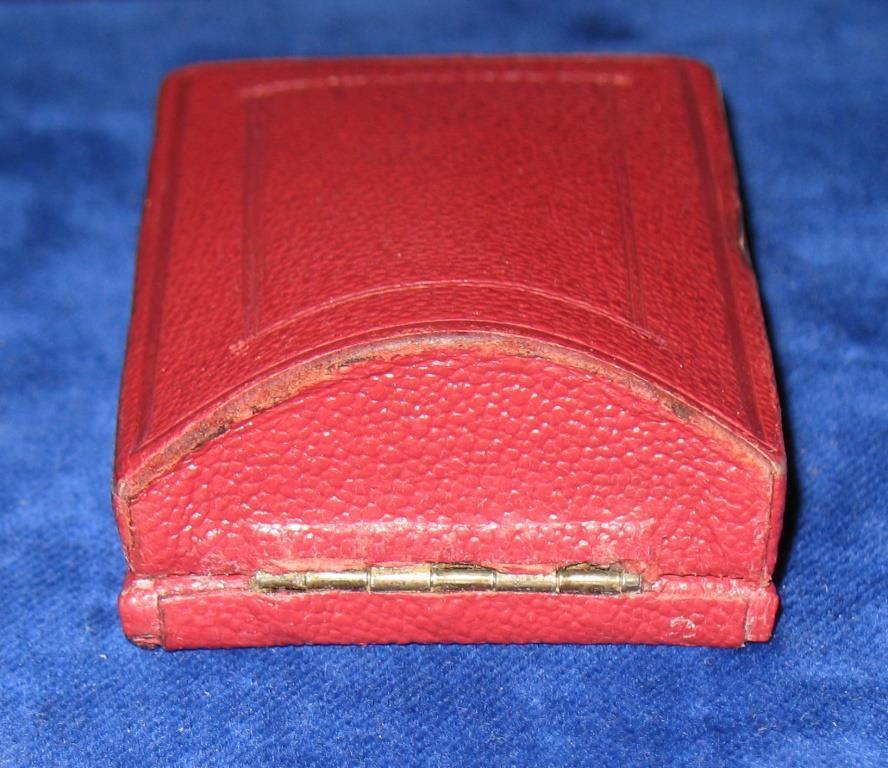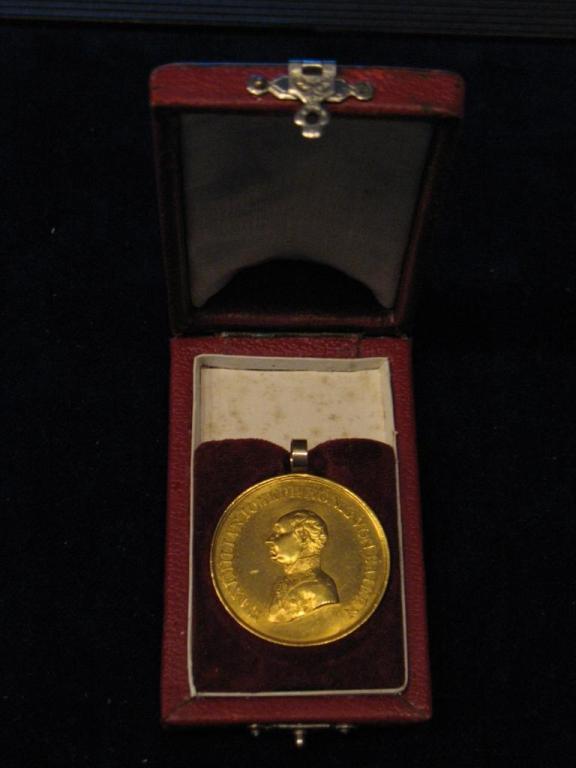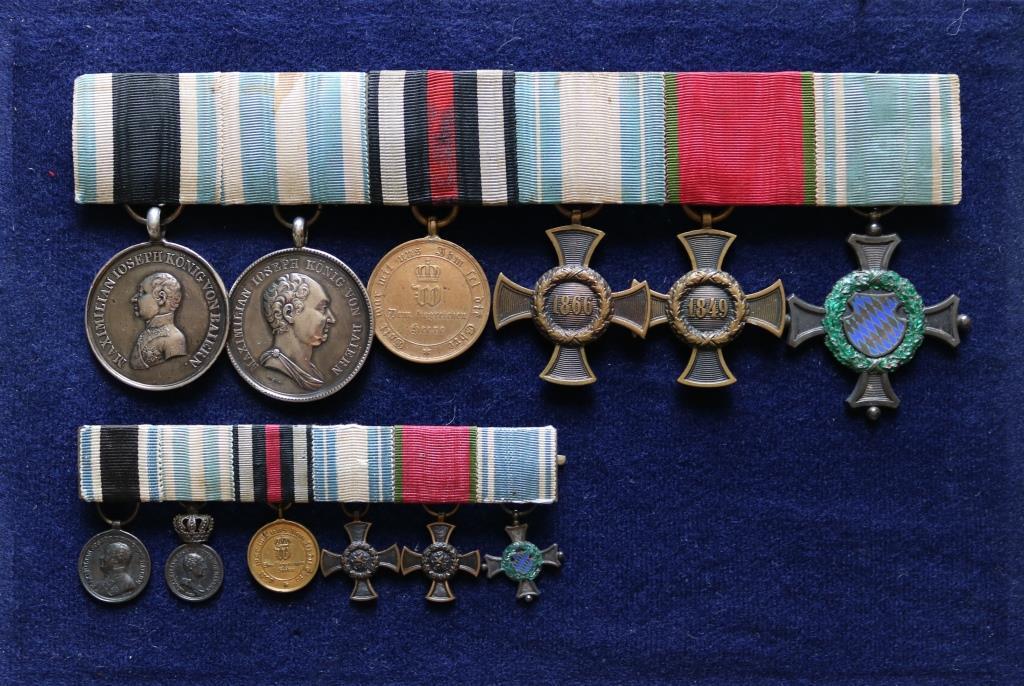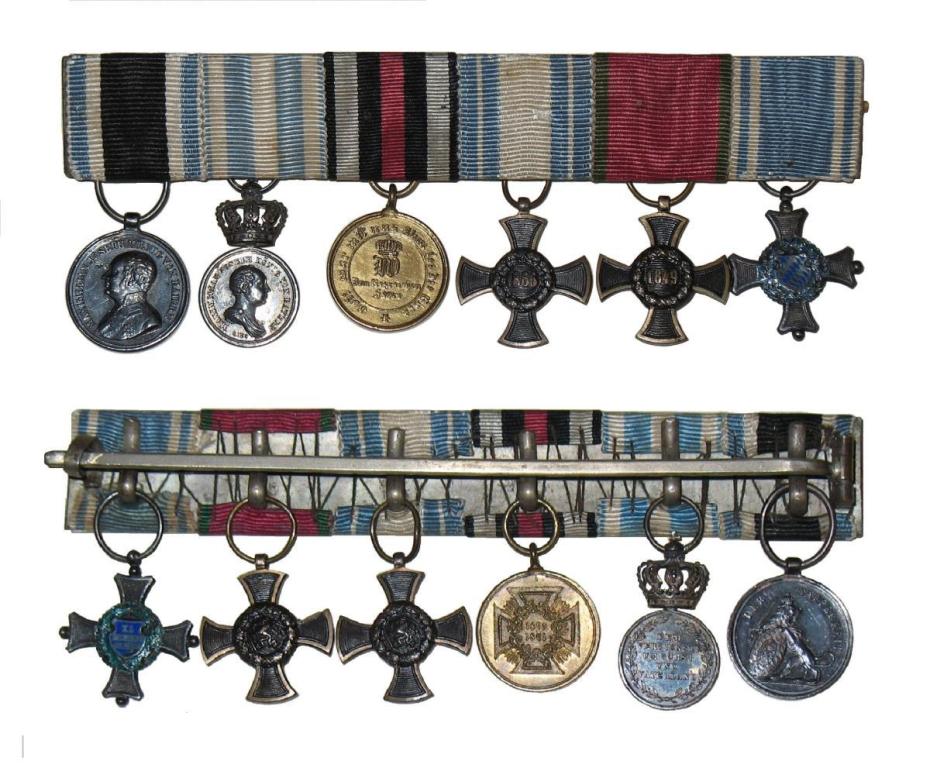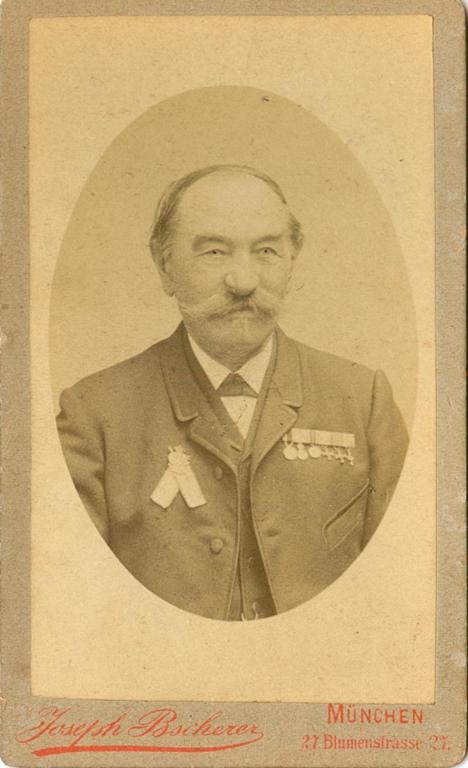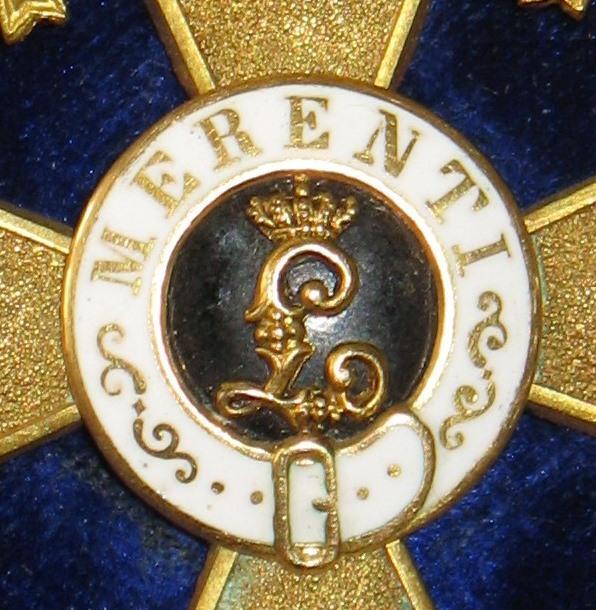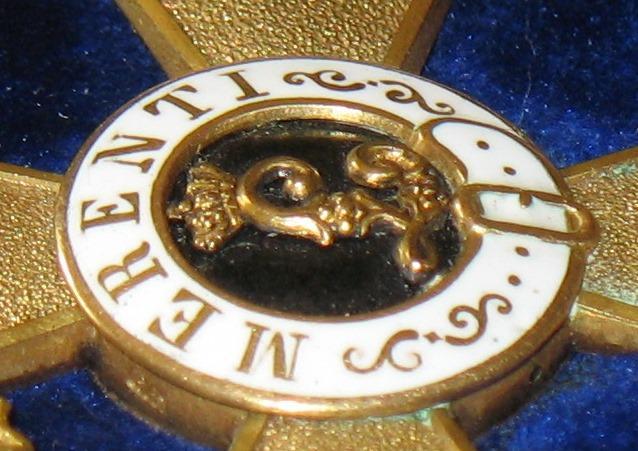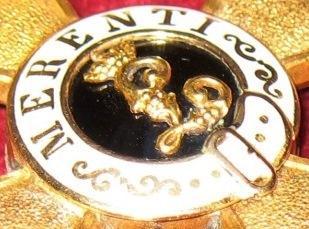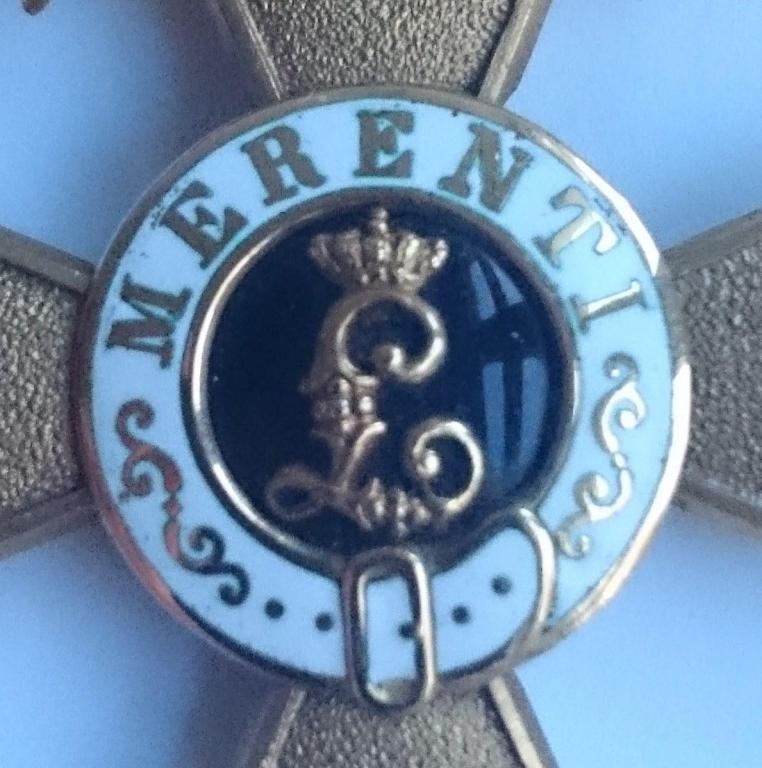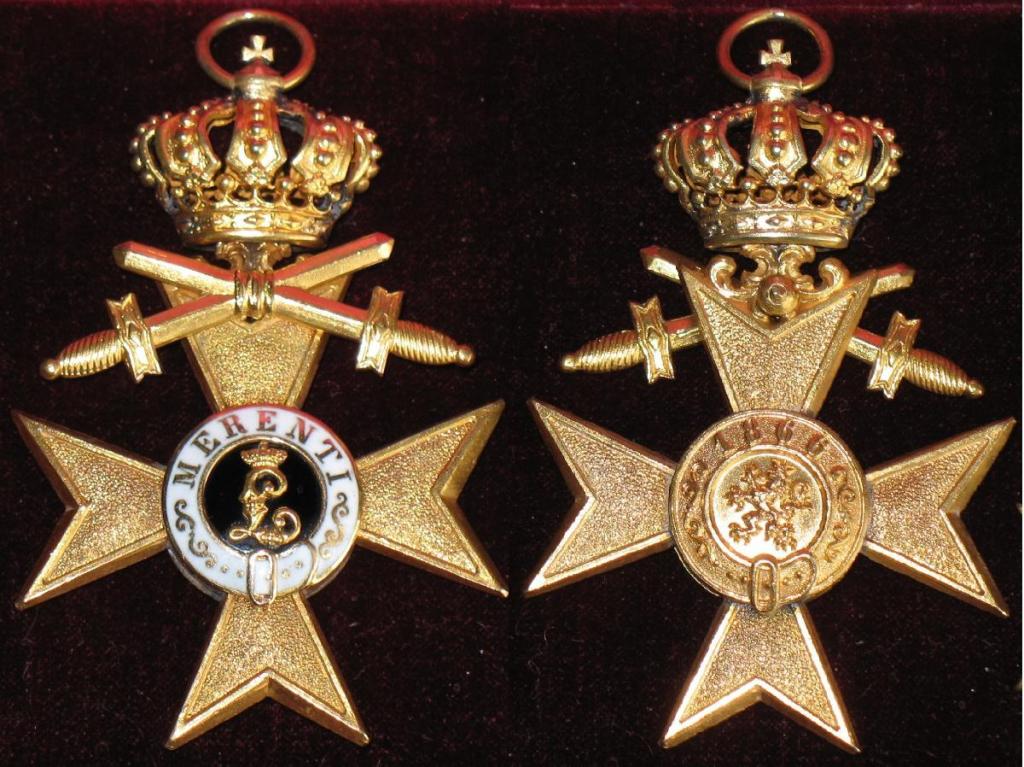-
Posts
188 -
Joined
-
Last visited
-
Days Won
3
Content Type
Profiles
Forums
Blogs
Gallery
Events
Store
Everything posted by waldo
-
At the OMSA you can see Franz Dettenhofer's awards. I was with the family in 2020 and was allowed to take pictures of them. Many greetings Walter https://www.omsa.org/bei-uns-wird-nix-gfangt-hauts-zu-was-konnts-franz-dettenhofer-trager-der-bayerischen-silbernen-und-goldenen-militar-verdienst-medaille-fur-den-deutsch-franzosischen-krieg-1870-71/
-
Here is my most interesting Bavarian favorite miniature medal bar. I've already introduced them somewhere here together with the big medal bar. Bavarian Military Merit Medal in Silver for 1849 or 1866 or 1870/71. Silver civil service medal, commemorative medal 1870/71, 1866 and 1849, service award cross 1st class for 40 years of service. In addition, the picture of the wearer wearing this miniature medal bar.
-
Servus Scottplen, I don't like it at all. Hemmerle-MVKs 1st Class Krone Swords always have multi-part front medallions made of gold. There were no silver-gilt medallions. These MVKs are made with absolute quality. Compare my picture in the post above. Here are a few more examples of original Hemmerle medallions for this 1st Kr. X. Leser has one-piece front medallions made of gold, also of outstanding quality. Many greetings Walter
-
Ich würde mal sagen, dass die meisten MVKs eine Herstellermarkierung haben. Z.B. haben die meisten Deschler ein großes D auf den Schwertern. Weiss hat meistens ein WCo. etwas versteckt auf den Schwertern, Hemmerle oft ein GH auf der Agraffe. Nur von Lauer kenne ich keine Kennzeichnung ebenso von Leser auf den MVKs.
-
Servus, jetzt sage ich es mal auf Deutsch. Du solltest Dich erstmal intensiv mit der Thematik vertraut machen, denn Andreas und ich geben uns ja Mühe. Blos wenn Du unsere Aussagen anzweifelst und Thesen aufstellst, die nicht stimmen, musst Du Dir erstmal die Grundlagen aneignen. Dabei kann ich Dir nur die Beiträge in den Phaleristischen Forschungen oder im Thementeil bis 1918 im SDA wärmstens empfehlen. Wenn nicht, heißt es halt für Dich, "Das Rad neu erfinden" bzw. Learning bei doing, also kaufen, anschauen, sammeln und dabei lernen. Doch dass kann auch viel Lehrgeld kosten, wenn es sich um Fälschungen handelt. Viele Grüße Walter
-
Servus Andreas, Du darfst nicht nach Deinem Handbuch gehen. Das ist nicht ausschlaggebend. Sobald die Statuten geändert wurden, sind die Änderungen in Kraft getreten. Medaillons wurden nach 1916 nur noch in Silber vergoldet verwendet. Hier kann es sein, dass die Vergoldung auch mal runtergeht, wie das bei so vielen Auszeichnungen nach 1916, die vergoldet wurden, der Fall war. Es gibt keine einzige Klasse eines MVO, die zwischen 1866 und 1918 nur silberne Medaillons hatte. Sie waren aus Gold oder dann eben aus Silber vergoldet. Sollte ein Medaillon silbern aussehen, ist die Vergoldung vergangen. Das, was ich Dir geschickt habe, hat den Stand ca, 1909/10. Alle Änderungen danach sind da nicht enthalten.


